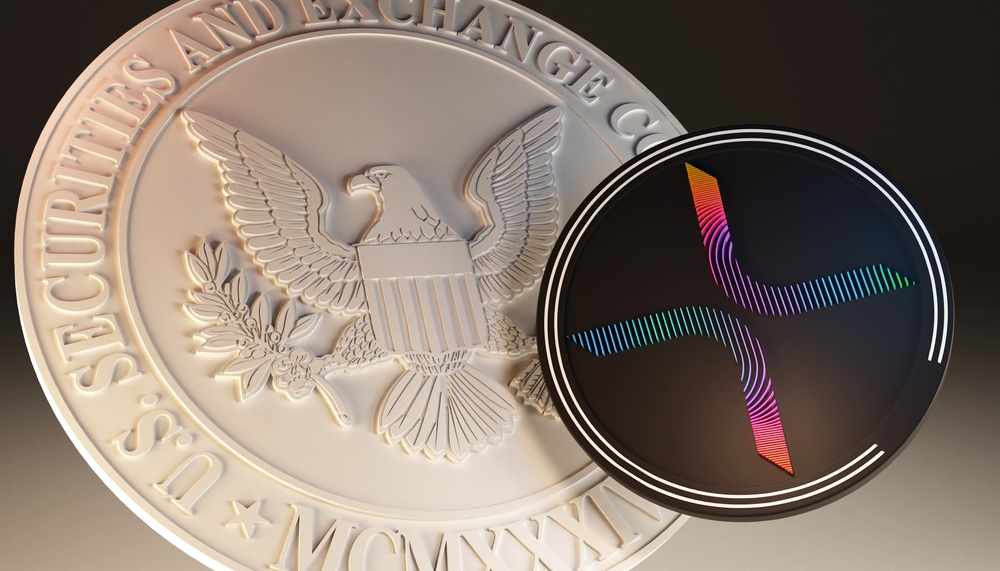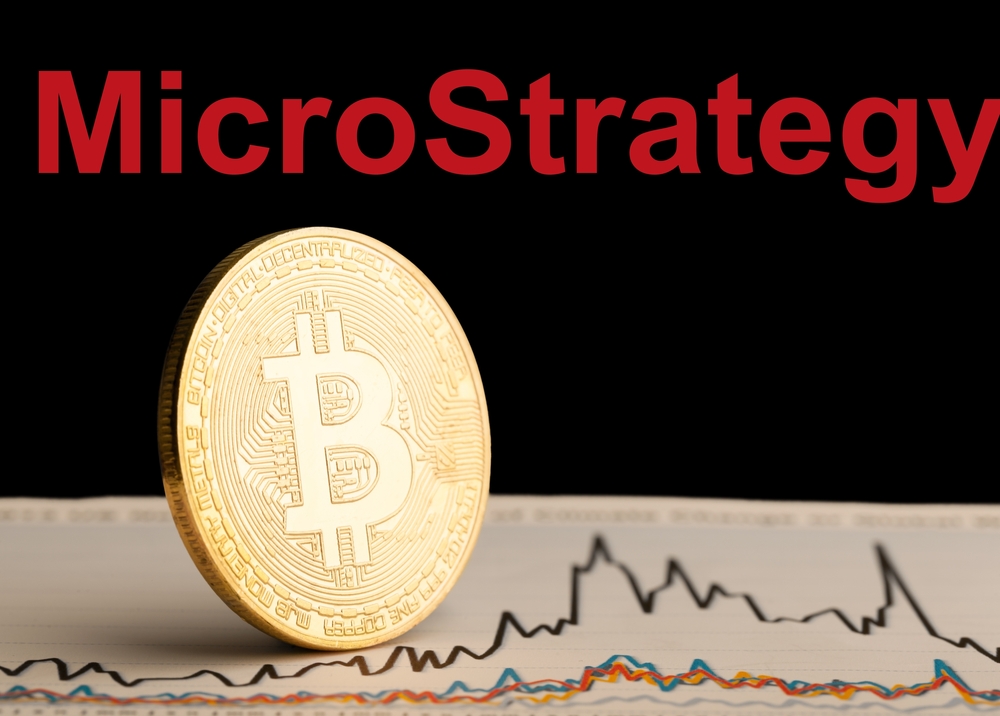The Markets in Crypto-Assets (MiCA) regulation is a groundbreaking legislative initiative aimed at providing a comprehensive framework for digital assets within the European Union. This harmonized set of rules brings legal certainty and clarity to crypto-assets not previously covered by existing EU legislation. Soon, the European Parliament will vote on adopting MiCA, which will greatly impact the crypto industry in Europe.
MiCA focuses on transparency and disclosure requirements for issuers and traders of crypto-assets. The regulation also oversees the authorization and supervision of crypto-asset service providers. Furthermore, it establishes rules concerning the operation, organization, and governance of entities issuing asset-referenced tokens and electronic money tokens. Once enacted, this legislation is expected to play a vital role in the EU’s efforts to become a leader in digital finance and innovation.
Table of Contents
ToggleOverview of MiCA Regulation
History and Background
The Markets in Crypto-assets regulation (MiCA) is a legislative framework proposed by the European Commission (EC) to regulate crypto-assets and their service providers in the European Union (EU). Developed since 2018, MiCA aims to provide a single licensing regime across all EU member states by 2024.
Purpose and Goals
MiCA’s primary purpose is to protect consumers and investors, ensure financial stability, support innovation, and avoid potential risks associated with crypto assets. The regulation covers issuers and service providers in the following areas:
Unified legal framework: MiCA intends to create a harmonized regulatory environment across EU member states, eliminating the need for businesses to comply with varying national regulations.
Crypto-asset classification: The regulation defines various types of crypto-assets, such as utility tokens, asset-referenced tokens, and electronic money tokens, enabling a clear understanding of the applicability of MiCA.
Stablecoin regulation: MiCA introduces specific provisions for stablecoins, particularly those with significant potential impact on financial stability and monetary policy.
Consumer protection: Issuers and service providers must comply with transparency requirements, risk management practices, and capital requirements to maintain a high level of consumer and investor protection.
Market integrity: The regulation establishes requirements for preventing market abuse and manipulative practices in the crypto-assets ecosystem.
Innovation support: By setting a common framework, MiCA encourages innovation in the field of digital finance and aims to make Europe a more attractive region for the crypto market.
Key entities covered by MiCA include tokens, stablecoins, cryptocurrencies, and other crypto-assets, as well as their issuers and service providers. By 2024, companies operating in the EU are expected to comply with MiCA to contribute to a more transparent and secure European crypto-assets market.
Main Components of MiCA
Crypto-Asset Categories
MiCA regulation classifies crypto-assets into three basic types to ensure a clear and comprehensive understanding of the different digital assets in the market:
- Utility Tokens: These tokens are primarily used within a specific platform or ecosystem to access goods and services.
- Asset-Referenced Tokens (ARTs): Tokens tied to a basket of assets, like stablecoins, that maintain a stable value.
- E-Money Tokens: Tokens pegged one-to-one with a specific fiat currency, providing a digital representation of traditional money.
This categorization helps in establishing standardized rules and regulations according to the specific characteristics and use cases of each type of token (source).
Crypto-Asset Service Providers
MiCA introduces a regulatory framework for crypto-asset service providers (CASPs) to ensure that they operate under a set of common rules across the European Union. CASPs include custodian wallet providers, crypto exchanges, and other entities involved in the issuance and management of crypto assets. Authorized CASPs will be monitored by the European Banking Authority, providing greater transparency and integrity in the crypto-asset ecosystem (source).
Framework for Token Issuers
With MiCA, token issuers are required to adhere to specific requirements to protect consumers and maintain market integrity. Issuers must:
- Publish a white paper containing detailed information about the project, team, and token.
- Obtain regulatory authorization before issuing asset-referenced tokens or e-money tokens.
- Implement robust anti-money laundering (AML) and counter-terrorism financing (CTF) measures.
- Monitor and minimize the environmental impact of their crypto assets.
These requirements ensure that token issuers maintain transparency and safeguard the interests of their token holders (source).
Market Transparency and Consumer Protection
MiCA aims to provide a unified regulatory framework that promotes investor protection, market integrity, and financial stability. This is achieved by:
- Ensuring that both fungible and non-fungible tokens (NFTs) are considered within the scope of the regulation.
- Introducing specific rules for unbacked crypto-assets and stablecoins.
- Implementing monitoring and enforcement mechanisms under the supervision of the European Securities and Exchange Commission (ESMA) and the European Banking Authority (EBA).
- Establishing requirements for transparency, disclosure, and consumer protection across all types of crypto-assets and their associated services (source).
By addressing the diverse needs of the European crypto-asset market, MiCA regulation hopes to create a more robust, transparent, and consumer-friendly environment for digital assets.
Impact on Crypto Industry
Innovation and Growth
The introduction of the Markets in Crypto Assets (MiCA) regulation aims to create a harmonized regulatory framework for crypto assets across the European Union (EU). The primary goal of MiCA is to establish a conducive environment within the EU for crypto-asset service providers (CASPs) to conduct business on a global scale, which is expected to foster innovation and facilitate growth in the crypto industry1. Furthermore, MiCA aligns with the broader Digital Finance Strategy that the EU has been implementing to advance the adoption of blockchain and distributed ledger technologies (DLTs), thereby promoting a more integrated and competitive financial sector2.
Challenges for Exchanges
Despite its potential benefits, the MiCA regulation also imposes certain challenges for exchanges and CASPs. One of the major concerns is regarding Article 68 of MiCA, which addresses the rules for operating a trading platform for crypto assets3. This provision requires trading platforms to prevent the trading of crypto assets with built-in anonymization features, thereby impacting the market and existing privacy-centric cryptocurrencies4. Moreover, exchanges must increase their levels of disclosure and transparency, leading to additional operational and compliance costs in the industry5.
Adoption of Distributed Ledger Technologies
MiCA regulation is anticipated to have a positive impact on the adoption of distributed ledger technologies in the financial sector. The EU’s Digital Operational Resilience Act (DORA) and the DLT Pilot Regime initiatives work in tandem with MiCA to ensure robust supervision and effective risk management for DLT-based financial services6. These measures combined are expected to boost investor confidence, leading to increased DLT adoption in EU financial markets and beyond. The EU Parliament’s proactive stance on driving crypto regulation, combined with a clear focus on distributed ledger technologies, provides a strong foundation for the integration of these technologies into various industries7.
Footnotes
Relevance to European Policy
Financial Stability Concerns
The introduction of MiCA regulation addresses important financial stability concerns in the European Union. As crypto-assets become increasingly popular, they have the potential to disrupt traditional financial markets and systems. MiCA aims to protect consumers and investors while ensuring financial stability by establishing harmonized rules for crypto-assets at the EU level, covering issuers and service providers1.
Under MiCA, restrictions will be imposed on the issuance and use of stablecoins, which are seen as posing a significant risk to financial stability2. Stablecoins, which are asset-referenced tokens or electronic money tokens designed to maintain a stable value compared to a basket of assets or fiat currencies, can have implications for monetary policy and central banks2. By regulating their issuance, the European Union is taking a proactive approach in addressing potential systemic risks that may arise from the growth and adoption of stablecoins.
Anti-Money Laundering Initiatives
An essential aspect of MiCA regulation is its focus on combating money laundering activities associated with crypto-assets. MiCA establishes a set of stringent transparency and disclosure requirements for the issuance and trading of crypto-assets1. The regulation also aims to ensure that crypto-asset services providers and issuers operate under a robust and well-defined authorization and supervision framework1.
These measures will help to prevent the misuse of crypto-assets for money laundering or other illicit activities, reflecting the European Union’s commitment to maintaining a transparent and secure financial ecosystem. This approach is consistent with other EU regulations designed to combat money laundering, such as the Anti-Money Laundering Directive (AMLD), demonstrating a coordinated effort to tackle this issue across different financial sectors.
Environmental Implications
As the European Union continues to prioritize environmental protection and sustainable growth, MiCA regulation is also likely to have implications for the environmental impact of crypto-assets. Some cryptocurrencies, particularly those relying on energy-intensive mining processes like Bitcoin, have raised concerns due to their substantial energy consumption and associated carbon emissions3.
While MiCA regulation does not specifically address environmental concerns, its harmonized framework for crypto-asset issuance and trading may indirectly contribute to more sustainable practices in the industry. By establishing a comprehensive and transparent regulatory environment, MiCA can promote innovation in the development of eco-friendly alternatives to traditional crypto-mining and encourage broader adoption of environmentally sustainable technologies within the crypto-asset ecosystem.
MiCA regulation is a significant step in maintaining a more stable and secure financial environment within the European Union. By addressing financial stability concerns, combating money laundering, and considering environmental implications, MiCA reflects the EU’s commitment to protect its citizens and uphold its values in an ever-evolving financial landscape.
Footnotes
Closing Thoughts
The MiCA regulation is a groundbreaking effort by the European Union to create a comprehensive framework for crypto assets. Under this framework, consumer and investor protection are prioritized while also ensuring financial stability and fostering innovation within the industry. The European Union’s digital finance strategy includes not just MiCA but also the Regulation on Digital Operational Resilience (DORA) and a Distributed Ledger Technology (DLT) pilot regime.
Some key aspects to consider when discussing the MiCA regulation include its potential impact on various aspects of the crypto market:
Decentralized Nature of Blockchain: MiCA has the potential to limit the decentralized nature of blockchain technology by imposing restrictions on issuers and providers. This could somewhat hinder the revolutionary promise it initially held.
Adoption and Influence: As one of the first significant global regulatory frameworks for the crypto asset market, the MiCA regulation is likely to influence how other jurisdictions approach and adopt similar policies. This may result in a potential harmonization of crypto regulations worldwide.
Market Growth: With clearer regulatory guidelines in place, the MiCA regulation may contribute to the growth and maturity of the crypto market in Europe. This can lead to an increase in institutional investments and encourage more mainstream organizations to explore and adopt crypto assets.
Compliance Challenges: The introduction of MiCA would inevitably create compliance challenges for various crypto asset service providers, particularly those that haven’t previously been subject to such regulatory oversight. They must now adapt their operations to meet the new standards set out in the regulation.
In summary, the MiCA regulation brings both opportunities and challenges for the crypto asset market in Europe. While it aims to create a more stable and regulated environment, some aspects of blockchain’s decentralized nature could be affected. Nevertheless, this development showcases the growing recognition of crypto assets’ significance in the global financial landscape, with the European Union’s leadership likely to influence similar approaches worldwide.












